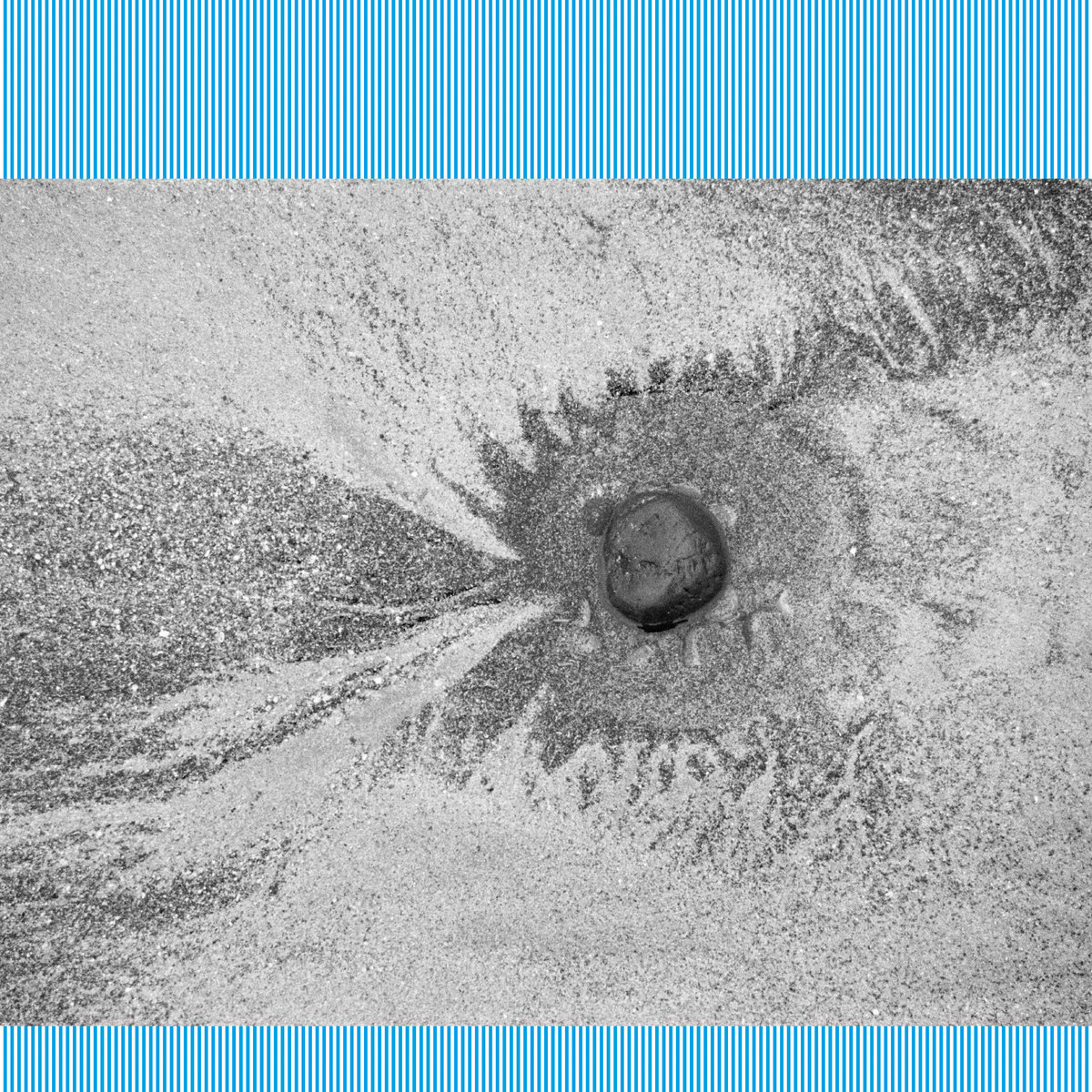Four Tet, the English polymath electronic musician also known as Kieran Hebden, started releasing dance music in 2010. That was the year of There Is Love in You, Hebden’s fifth album under that alias, which brought the persistent pulses and body-moving tempos of the DJ booth to the earthy textures and sampled live instruments that underpinned his early work. It’s a gorgeous record that includes both a bonafide club hit (the nine-minute hymn “Love Cry”) and several brain-tingling soundtracks for more private forms of euphoria (like “Angel Echoes” and the slowly building “Sing”). It was easy for critics at the time to accuse Hebden of dilettantism–he got his start in a post-rock band, after all–but There Is Love in You was a watershed moment, both in Four Tet’s catalog and in the ongoing communion between dance music at large and the outside world. After countless DJ gigs and several more very good club-indebted albums in the ensuing years, it’s clear that this music is not a passing fascination for Hebden, but an animating force of his career.
Throughout, he has not seemed particularly interested in what genre purists and gatekeepers have to say about his work. The surrealist drum-n-bass deconstructions of 2013’s underrated Beautiful Rewind, and especially the sprawling vistas of 2015’s Morning/Evening, indicated that Hebden views thumping drum machines as just one tool of many–albeit an important one–for achieving the feeling of weightless transcendence at which his music is aimed. And after years of placing capital-D Dance music at the center of his practice, Hebden’s latest album New Energy finds him scaling it back, using the vocabulary of the club toward songs that are better suited to quiet contemplation.
Take “SW9 9SL,” New Energy’s longest track at about eight minutes. It begins with one of those thumping kick drums, a shuffling pattern of hi-hat and snare, some far-off ambient chords. Hebden carefully layers percussion and additional melodic sounds into something you could imagine a DJ using to warm up the crowd at the beginning of the night. Then the beat drops out completely, followed by a long passage of sequenced synths and floating voices that gently tumbles forward and expands with each passing bar, like an EDM-age update on classic ‘70s headphone records by Cluster or Tangerine Dream. By the time the drums finally return, “SW9 9SL” is almost over, a gambit you might call perverse if the intervening music weren’t so breathtaking. “You Are Loved,” another highlight, is similarly propulsive in a way that never quite reaches physical catharsis, taking you on a journey that happens entirely inside of your brain.
In general, New Energy is on the mellower side of Four Tet’s catalog, and in that, it might be the closest thing we’ll ever get to a sequel to Rounds, his beloved third album. While albums like Everything Ecstatic and Beautiful Rewind occasionally confronted the listener with thoroughly disorienting rhythms and moments of crushing distortion, New Energy could safely be played in the background while meditating. And though it is filled with lovely moments, the album also conveys the sense that Hebden is working within the previously established boundaries of his sound, which are admittedly very wide. Listening to it, I wondered whether New Energy’s relative placidity was a result of Hebden’s shift away from the dancefloor explorations that seemed to push him into some of his riskiest and most rewarding work over the last several years. “Planet,” the gently psychedelic collage of drums and strings that closes the album, is both New Energy’s most invigorating track and one of its clubbiest.
In the months before releasing the album, Hebden kept up a fascinating and absurdly lengthy public Spotify playlist (51 hours and 51 minutes at the time of this writing), drawing surprising connections between krautrock and free jazz, techno and shoegaze, Mariah Carey and Mogwai, Weather Report and instrumental Smashing Pumpkins B-sides. Occasionally, he added a few of his own tracks to the melange, as if to claim this far-flung musical lineage as his own. Like all of Four Tet’s work, New Energy can be viewed as an addition to this unlikely canon, whose practitioners share a desire to remove a listener from their surroundings and bring them someplace higher, no matter the means.





